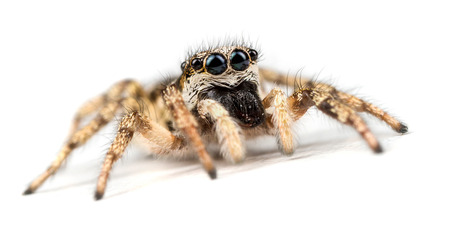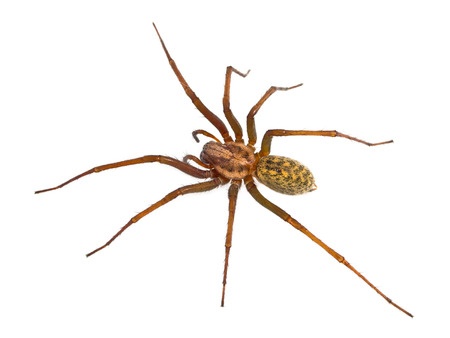Spiders are often spotted in and around homes in Louisiana, but only a few species in the state are considered potentially dangerous to residents. Brown recluse and black widow spiders can both be found in urban and residential areas in Louisiana, and these arachnids are well known for their venomous bites. The southern black widow is frequently spotted around homes where they prefer to congregate and build webs in cluttered locations. This species is also known for entering homes, and their toxic venom can be deadly on rare occasions.
Many hunters, trappers, hikers, fisherman and other outdoorsmen in Louisiana consider black widows to be the most significant threat to their health while spending time in wooded areas and near water bodies. The southern black widow is prevalent throughout Louisiana, and there is disagreement among experts as to whether the western black widow also inhabits the state. More than 2,500 black widow bites are reported to poison control centers each year in the US, and the southern black widow is responsible for most of these cases. Those who fear black widows may be pleased to know that their population numbers are decreasing in urban and residential areas of Louisiana. However, the reason for this species’ decline is due to the arrival of another venomous non-native spider species known as the “brown widow.”
The non-native brown widow spider species was first found in the US when specimens were collected from Florida 85 years ago, but brown widow populations have been expanding rapidly into other Gulf Coast states during recent years. Brown widow spiders are now dominating urban and residential areas where black widows were once the most abundant spider species. Not only that, but researchers found 20 times more brown widow specimens than southern black widow specimens around houses located in 72 residential areas of Louisiana. Numerous residents of Baton Rouge and New Orleans have encountered these spiders within and near their homes on multiple occasions. The brown widow produces venom that is more toxic than southern black widow venom, but the latter species injects a greater amount of venom into the human bloodstream, making it the more dangerous of the two. This is why scientists state that the rate of medically significant spider bite incidents will ultimately decrease as brown widow populations continue to displace southern black widow populations within human-populated areas of Louisiana.
Have you ever spotted a brown widow within or around your home?






